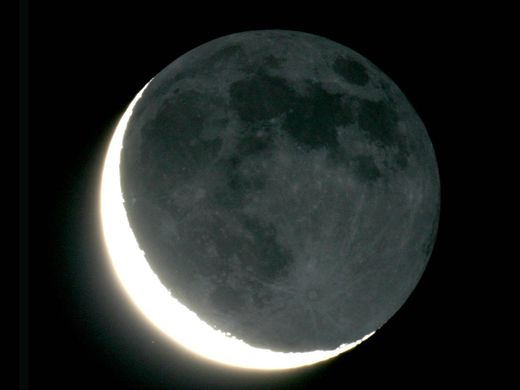If you become interested in lunisolar calendars you will undoubtedly come across the Metonic system which is defined rather simply.
Category: Calendar Development
If you spend any time following this calendar you may have noticed over the last month that there have been a number of updates to the online calendar application. Importantly the way that months, years and leap months work has undergone some changes, and in this post I would like to explain why.
It has now been over a year since the Druidcraft Calendar was first conceived. In that time I have spoken to a lot of people and tried to spread the word far and wide in order to get as much feedback on the calendar as I can. Overall this feedback has been positive. Every so often though, someone takes the time to really look at the calendar and offers valuable feedback on the system itself.
In this article I would like to discuss the naming of moons, and the importance of Blue Moons in doing so. I will also share some of the various names for the full moons or months in a year recorded by different cultures around the world. It is easy in this day and age to get caught up in the media popularization of “super blood wolf moons”, but often these terms such as “wolf moon” are borrowed from specific individual cultures. This is done without any knowledge of where the term came from, or the meaning, associations and beliefs behind the term by most people. So rather than fall victim to accusations of cultural appropriation I thought I would post about the names for moons used by other cultures, and some of the difficulties in naming full moons in a calendar system.
Welcome to the updated Druidcraft Calendar website and blog.
The Druidcraft Calendar is an ongoing project, that aims to create and distribute a new ritual calendar for the pagan community. The project started life in December 2017 with the initial idea and paper prototype.
While the paper prototype and matches proved that the calendar could be laid out in the way imagined, it did not prove the mathematics of the calendar over a long period of time. Initially, the first computerised version was built as an android mobile app, but due to some very persistent layout issues, this was eventually abandoned, and the code was instead used to create this website.
With the maths proven, showing that the calendar did indeed work over thousands of years, the next physical prototype was created.
This version is now in daily use, and is the basis for the next iteration. the current future plans for the calendar are not set in stone, but it is likely that an artist will be involved next to re-design the face of the calendar into something a little prettier, and create the artwork for the box and book. Once that is done the calendar should be just about ready for its first production run, once a manufacturer, packaging company and printers has been selected.






